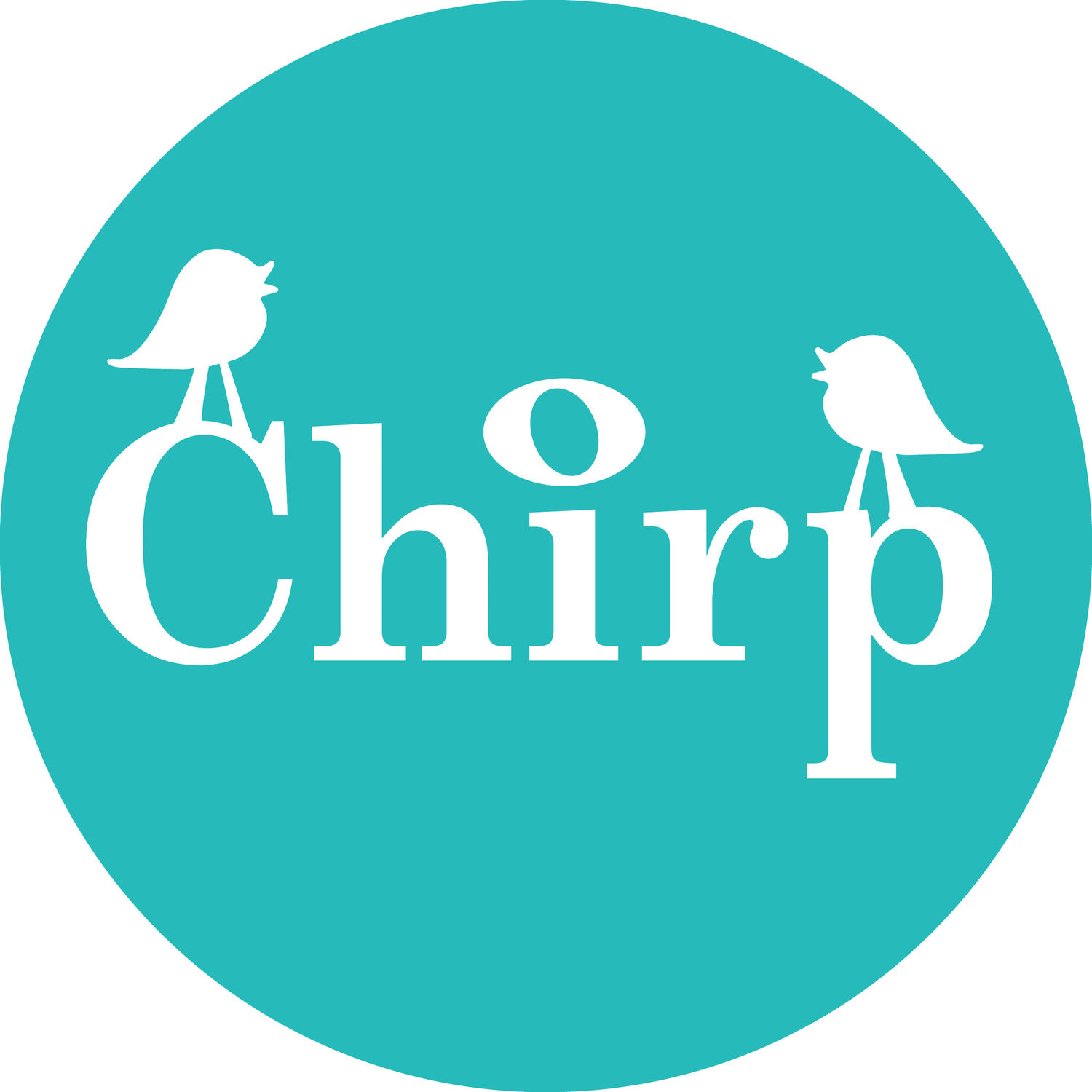Edgar Oliver, a brilliant storyteller and The Moth regular, whose astonishing story 'The Apron Strings of Savannah' literally stopped me in my tracks. "Edgar Oliver, poet" by Stacie Joy licenced by CC BY-ND 2.0.
'So, what's your story?' I was asked at an event recently. An odd opening gambit (I prefer 'hello') and, I thought, an irritating one. But then, storytelling is everywhere, no longer the preserve of savvy brands and eager politicians.
Sometimes it can seem you as if you don't exist without an explanatory back story. Who you are, what you do, why you do it, your "transformational moment". And I'd be tempted to complain about this ubiquitous obsession* were it not that storytelling is such a powerful tool.
We know from the science that stories have a compelling impact on the human brain. And you probably know from experience that, done well, storytelling can reach hearts and minds much faster than facts alone.** But having established that a) stories are powerful, and b) you need some up your sleeve, how do you go about crafting them?
Generating material for your story
It can be difficult to know what to say or where to start your story. And when you’re under the cosh it can be difficult to remember why you even cared in the first place. So below, we share one of the processes we use to help our clients generate material, practice storytelling, and clarify the impact they want to make.
My top tip is not to be too prescriptive. Don't discard strong material that doesn't fit in a particular story – use it elsewhere. After all, several stories are better than one, and it's useful to have a few ready for different audiences and purposes. Apart from the final step, the process will probably take about 20-30 minutes.
1. What do you care about?
In unpacking this, you might think about:
Your personal values
Why they’re your personal values – what it is that fundamentally connects you to these values and makes them part of you
A time or times you’ve demonstrated your values at work, why you did so, what happened, and the emotions you both felt at the time and feel now looking back
A time or times when other people have shared your values at work, why you think they did so, what happened, and the emotions you felt at the time and feel now looking back
2. How do your personal values map onto your working life?
They might be expressed in the type of work you do, or in the organisation or clients you work with. And they might not. You might live your values at work in how you engage with the people around you, and in how they engage with you. Or even in what your work enables you to do outside of work. Either way, work out what matters to you. Avoid the stock answer; your own story is usually the most compelling.
3. Think of an experience at work that encapsulates and illustrates one or some of those values.
It might be something that happened on a project. It might be a client's off the cuff remark. It might be something outside work that made you look at it afresh. It could be good, bad, ugly or none of the above. Whatever it is, note how it makes you feel, and hold that emotion at the forefront.
4. Identify your audience
Who are you (perhaps theoretically) telling this particular story to? What do you want them to feel upon hearing it? Unsurprisingly, that clarity of purpose is Very Useful in defining and refining the content...!
5. Begin
Yep, this is the bit where you actually have to create something. So abandon self-criticism. The point is to generate first, and refine second.
Start with the emotion. Describe that experience in terms of how it made you feel at the time, what happened, and how you feel about it now. Keep it short – two minutes should suffice to begin with. Have a few goes, keeping the bits you like and switching or ditching the bits you don't.
6. Phone a friend
Or, better still, talk to them face to face. Tell them your story and ask them for feedback, e.g.
What the most important aspect of your story was
What they were moved or struck by in the story
How it made them feel
What that feeling made them want to do
What you could stop/start/continue/shift to make your story stronger
7. Launch
Cut to the chase and test your story in the real world. Networking events are great for this, as you get several chances in an environment designed for short attention spans. Either way, make sure you find out what other people are hearing in your story, and then refine, adapt and adjust as required to help it land.
Do drop us a line if have any questions, would like to know more, or would like help with your own or your organisation's storytelling. Or sign up to download our free Chirp Workbook.
*I wondered if this obsession might be correctly termed 'mythophilia'. But that turns out to be something else entirely. And possibly NSFW.
** This emphasis is important: underpinning your story with compelling facts can help it fly. And actual, as opposed to alternative, facts are not only valuable but may never have been so vital.

